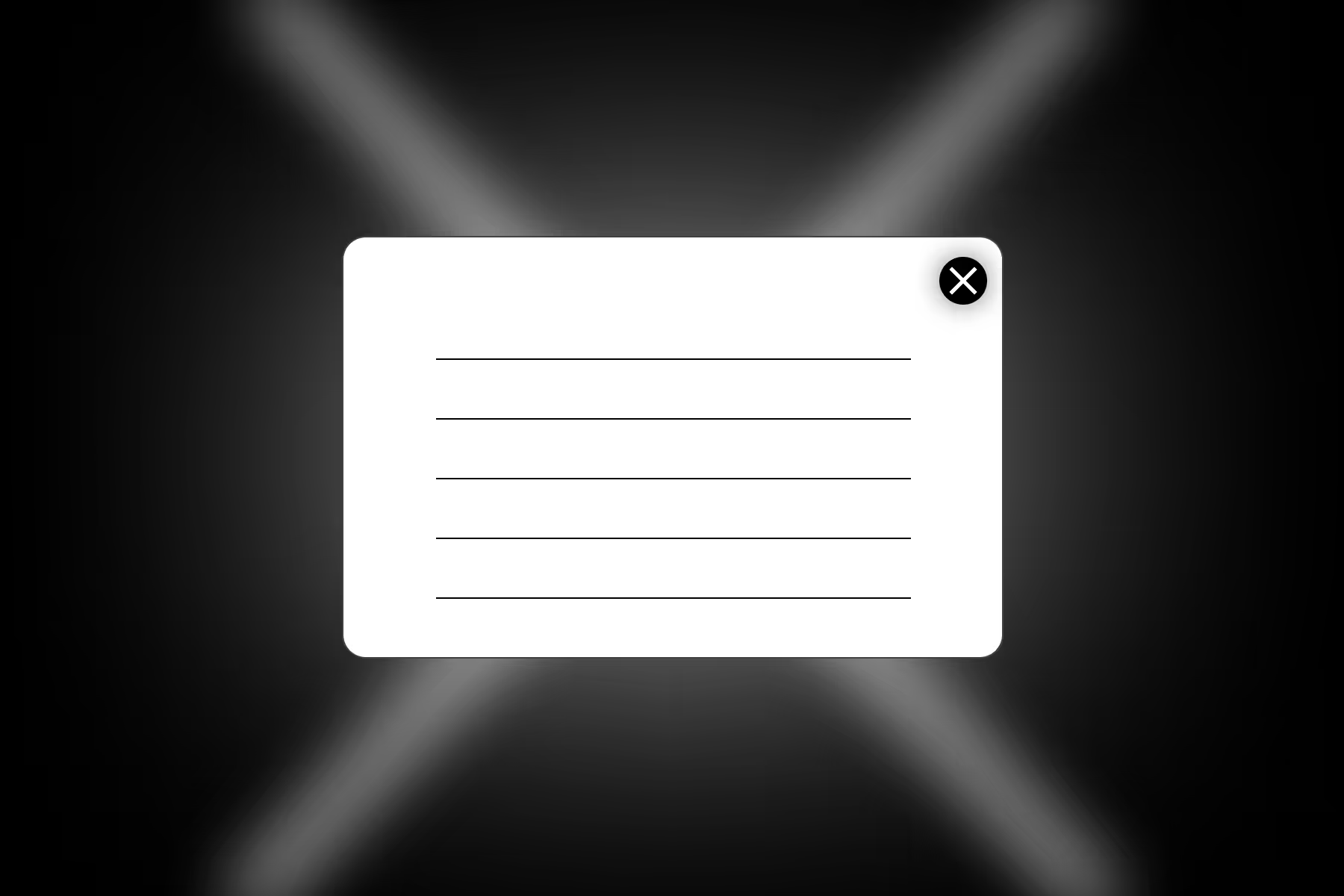Shopify vs Webflow in 2025 - Practical Guide
.avif)
You’ve got products ready, A brand you’re proud of, And a plan to grow online.
Now the real question shows up, Should you build your store on Shopify or Webflow?
It’s one of the most common crossroads for business owners today, Especially in 2025 when both platforms are more powerful than ever. But with great power comes great confusion.
Let’s break it down simply:
Shopify – Made for Selling
Shopify is still one of the best ecommerce platforms in the world, It’s fast reliable and built specifically for one thing, Selling products online.
Here’s what works great in Shopify’s favor:
- All-in-one ecommerce engine
Inventory management taxes shipping abandoned cart recovery all handled smoothly. - Apps and integrations
Thousands of plugins for marketing fulfillment reviews and more. - Checkout and payments
Optimized out of the box with powerful fraud protection and global currency support. - Support and scalability
Whether you’re selling 10 products or 10,000 Shopify can handle the load.
But it’s not perfect, Here are a few downsides worth knowing
- Limited design freedom
Unless you hire a developer most stores end up looking the same. - App overload
Many features require third-party apps that add cost and complexity. - Monthly fees add up
Between subscriptions apps and transaction fees things can scale fast.
Webflow – Design Meets Commerce
Webflow started as a design tool, But over the last few years its ecommerce game has matured and for many businesses especially simple stores or digital product sellers, It’s a solid clean choice.
Here’s where Webflow shines:
- Complete visual control
You’re not stuck in a theme,
Design exactly how your brand should look. - CMS and ecommerce combined
Perfect if your site blends content with commerce,
Think agencies creators or small businesses. - No plugins needed
Most functionality is built in so fewer dependencies. - Smooth animation and interaction tools
Create a more memorable experience without touching code.
And some limitations to keep in mind:
- Limited ecommerce features
Webflow handles small to mid-size stores well,
But lacks advanced tools for inventory warehousing or POS. - Fewer integrations
Some tools that work out of the box in Shopify may need custom setups here. - Payment flexibility is basic
Webflow supports Stripe PayPal and a few others but not as wide as Shopify.
So Which One Should You Choose
Here’s the honest take:
- If your goal is to build a simple online store with complete design control and maybe pair it with a blog or portfolio Webflow could be a better fit.
- If you need to manage larger inventories complex shipping workflows multiple currencies and marketplaces Shopify is the more scalable choice.
They both work, But they work best in different contexts.
Conclusion
Shopify is an ecommerce powerhouse,
Webflow is a design-first site builder with growing commerce abilities.
If you’re focused on pure selling at scale Shopify remains unbeatable,
If you’re building a content-rich site that also sells a few products,
Webflow gives you more creative freedom without extra bloat.
And sometimes the best choice isn’t about features,
It’s about the kind of business you’re building and how much control you want along the way.
Frequently Asked Questions
Is Shopify better than Webflow for ecommerce?
Shopify is a better fit if you’re running a large or complex ecommerce store. It has more built-in tools for inventory, shipping, taxes, payments, and scaling globally. Webflow works well for smaller shops or brands that prioritize custom design and content.
Can I switch from Webflow to Shopify later?
Yes, you can migrate from Webflow to Shopify, but it may require manual steps or a developer’s help, especially if you’ve used Webflow CMS or custom design elements. Product data like SKUs, descriptions, and prices can be exported and imported, but styling will need to be rebuilt.
Which platform is more beginner-friendly?
Shopify is more beginner-friendly if you’re only focused on selling. The setup is straightforward, and you don’t need to think much about design or structure. Webflow has a steeper learning curve but gives you far more control if you want a tailored experience.
Can I use Webflow and Shopify together?
Yes. Some people design their site in Webflow and embed Shopify’s “Buy Button” for product checkout. It’s not ideal for larger stores but can work well if you’re selling a few products and want a more unique design.
What’s the main reason to choose Webflow over Shopify?
The main reason to choose Webflow is full design flexibility. If your brand’s look and feel matter more than complex ecommerce features, Webflow gives you a no-code visual builder that doesn’t lock you into templates.
Ditch the delays. launch your webflow website faster.
Start your project with a partner who values speed and seamless communication.
.avif)
